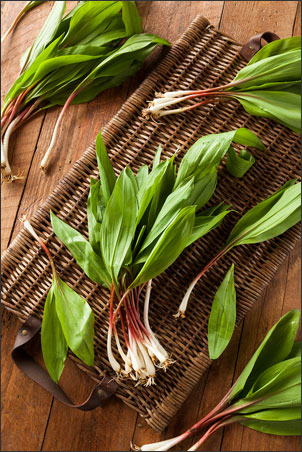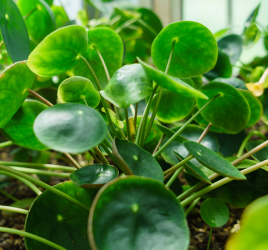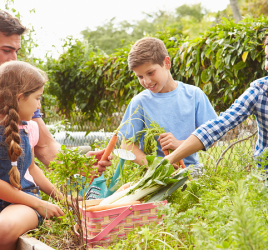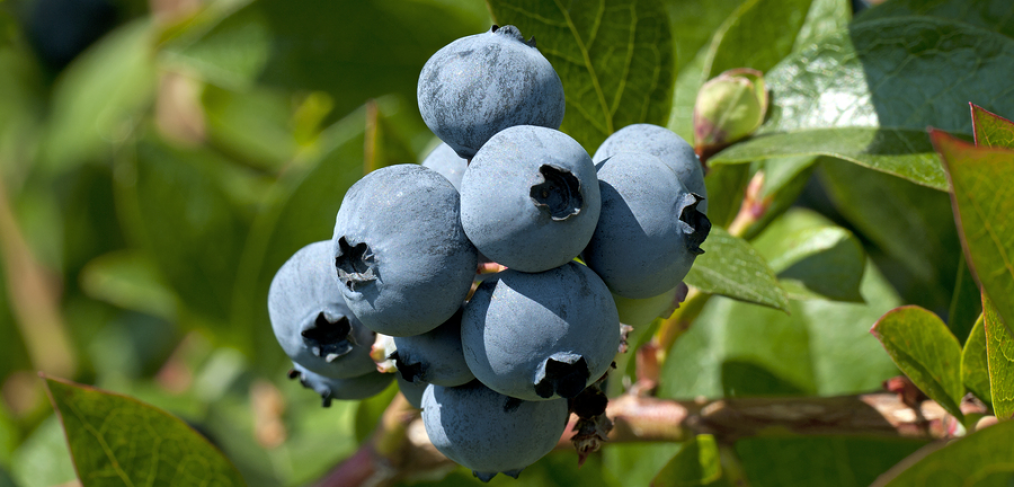
Foraging For Beginners: What You Need To Know
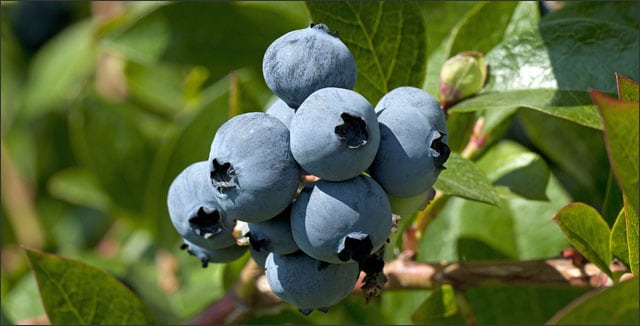
The practice of foraging for wild edibles has been around for, well, forever. Even in these last few decades as industrial farming has dominated the food scene, foraging for certain things has remained in the social consciousness. This is especially if you grow up around farmers or in a more rural area.
I can remember my aunt and uncle knowing where wild morels were to be found. They brought a basket for my mom to fry in butter and eat with her eggs in the morning. Like any good forager, my aunt wasn’t willing to tell where they were found. She did this to protect them from being over-harvested, but she was nice and willing to share.
In more recent years, as we’ve become more conscious of what factory farming and industrialized food production has done to our meat sources, our earth and our bodies, practices like small organic farming and buying local have become more and more mainstream.
While big food conglomerations have responded to former First Lady Michelle Obama’s health campaign by adding more items to the grocery store shelves, hundreds of people have quietly responded by doing more research, more shopping at local farmers markets, more vegetable gardening, and learning the peaceful and beautiful art of foraging.
Rachel Mifsud, who teaches biological sciences at the University of Michigan, found out just how many interested beginners there were when she tried to start a meet up group for like-minded foragers and instead accidentally started a business.
Lots of people responded, they just didn’t know about foraging. So she started teaching classes about what kinds of things you can find in your backyard. Now, her group offers courses you can pay for and regular free events. She’s passionate about getting as many people involved as want to learn.
How to Start Foraging
There are all kinds of ways to get started foraging. You can download an app on your iPhone, you can find many kinds of books with beautiful pictures, and even recipes, like The Wild Table: Seasonal Foraged Food and Recipes, or you can hunt for a local class or meet up group online.
There’s no bad way to get started, but there are some guidelines to keep in mind:
- Start with one or two plants you can easily identify. Otherwise, it’s all going to seem overwhelming.
Wild leeks (ramps)
- Look around you every time you spot the plant you’re looking for. This way, you’ll note its environment and will be better able to identify where else this plant is likely to be found. In other words – approach it like a scientist.
- Pick a good location; one that is healthy, not contaminated by chemicals or used as a brown field. It needs to have a clean water source.
- Not everything you find in a book will be in your area. Likewise, you may be able to find things in your area not covered by a book or an app like chicken of the woods mushrooms, pawpaws, sweet cicely, cattails, garlic mustard, and autumn olive. For this kind of knowledge, you need a real person who knows what they’re talking about.
- Foraging can be done year round. If you are waiting for spring and summer to forage, you’re missing out the abundance nature has to offer all year round.
- Sometimes – as with sweet cicely – a little goes a long way. One stem can flavor a whole dish.
- Wait for wild plants to ripen. Of course, one of the fears of foraging for any beginner is that you will inadvertently poison yourself. One important way to know that a wild food is safe is to wait until it ripens. This means you need to know what the plant looks like ripe and unripe. The chemical composition of plants change as they ripen, so even if it seems like it’s just not ripe or bitter, in the wild that can mean dangerous. Natural does not mean automatically safe.
- Don’t over-harvest. Two plants which might be more popular because more people know what they look like and how to cook with them: wild morel mushrooms and wild leeks (ramps). The problem is, if foragers over harvest, these delicacies won’t grow back the next year. They depend upon an underground root system to stay healthy. Practice restraint and don’t harvest something that has already been harvested. Never take the last of a few left. These wild plants do need some of what they grow to keep propagating.
- Use multiple resources. Obviously, if you misidentify a food you could be headed for trouble. When in doubt, don’t put it in your mouth. You can use your app, but just to be safe, share a picture with an expert and only after you have a lot of practice identifying plants use them in your cooking.
- Be visible. Especially during hunting season, it is a good idea to be aware of who else might be sharing your space. Wear bright reflective clothing so you can be seen by hunters and keep tabs on what hunting season you might be in before you go out. Another good practice is to take a friend.
- Use a breathable sack if hunting for mushrooms. This will allow more spores to be planted as you move along.
Why Forage?
Foraging provides several things. It’s a chance to get into nature and pay attention to something outside yourself.
For those of us who like an excuse to roam around, there is ample opportunity to learn and appreciate what’s all around you. And then, you can take home what you find to experiment with new flavors and textures in your cooking.
Often, these plants have a better profile of micronutrients than our garden-variety veggies and herbs for being raised in the wild. One example: wild purslane – often hated as a weed – has high levels of omega-3 fatty acids, calcium and iron, and vitamins A and C. Children, especially, can benefit for a lifetime with this kind of knowledge and confidence in the wild.
There is the simple joy of experiencing something new, forgetting yourself, and letting down your defenses.
Over to You
Have you ever tried foraging? Do you have any tips to add to the list?

